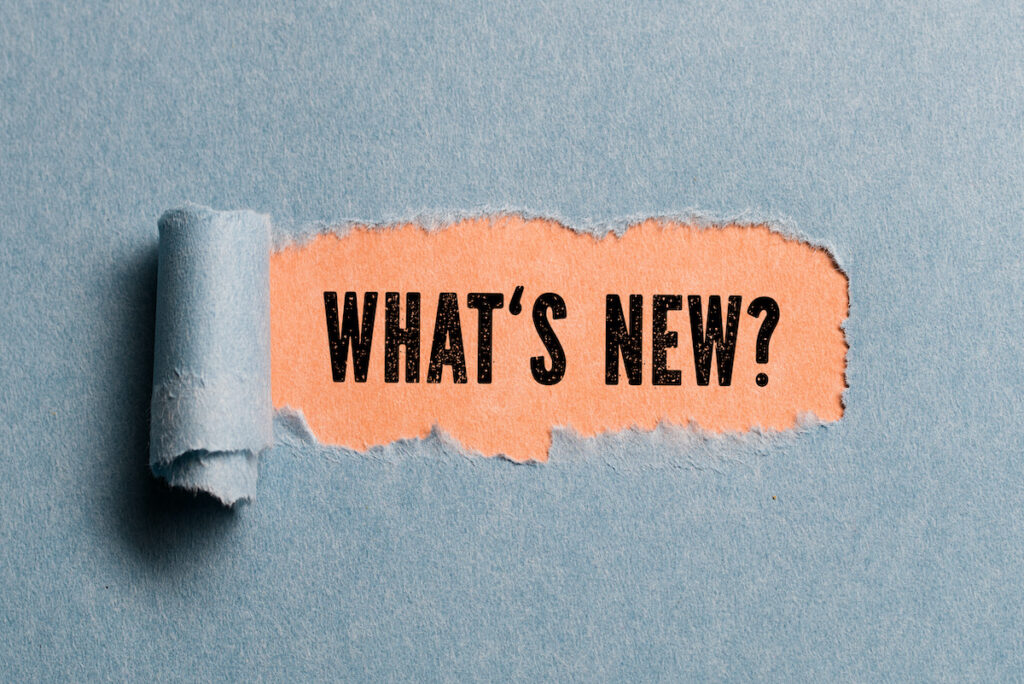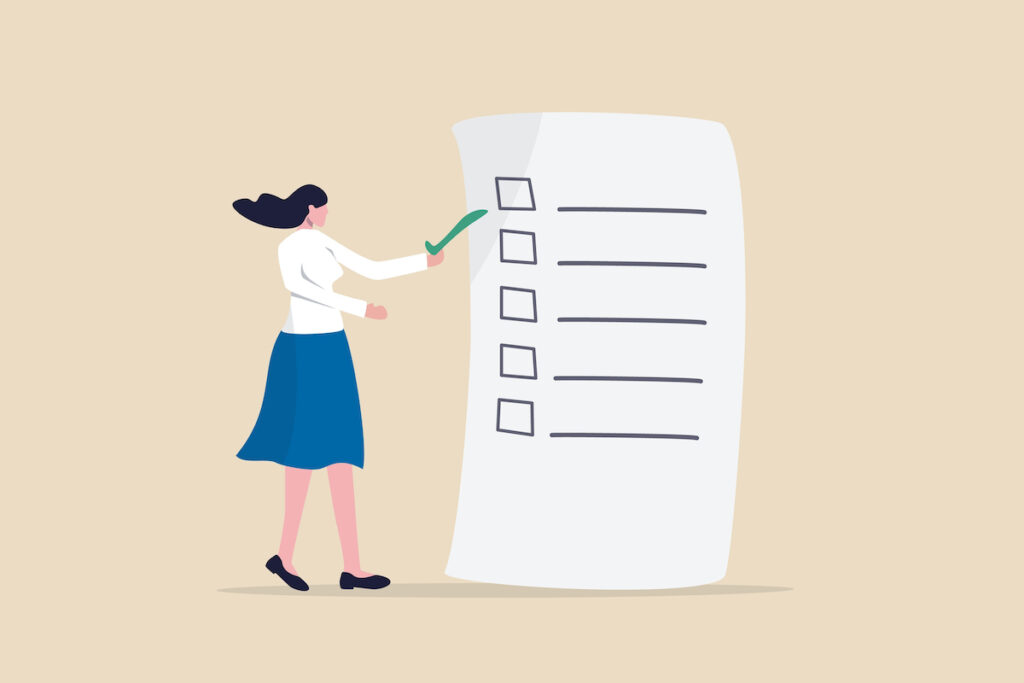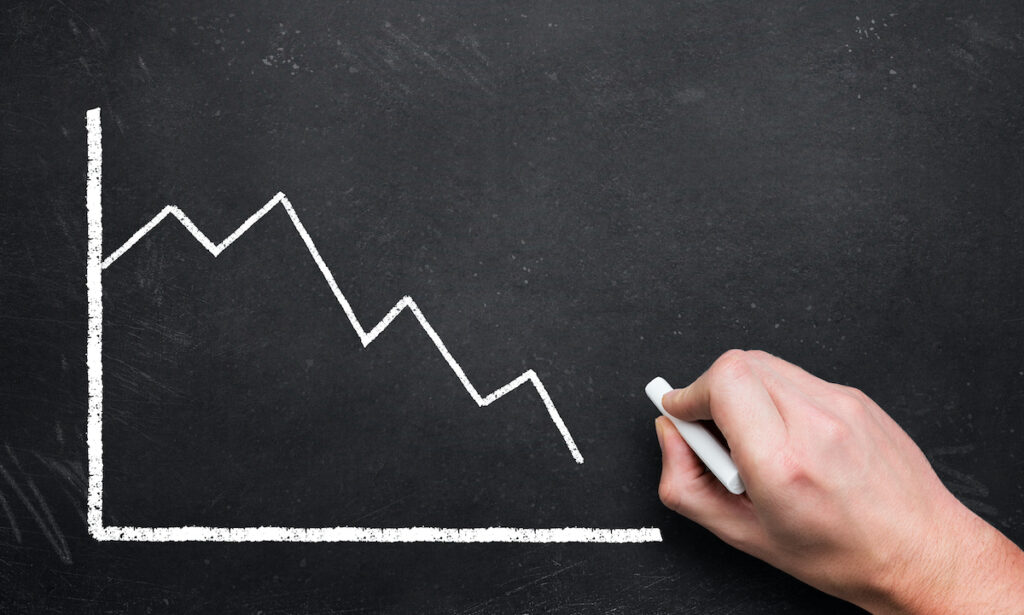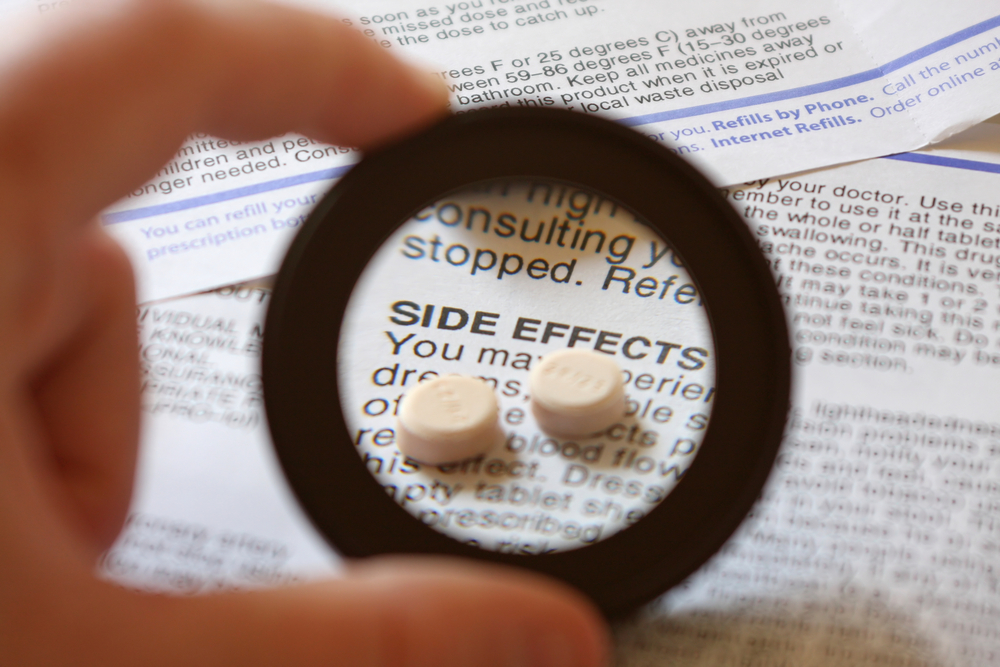
According to the World Health Organisation (WHO; 2023) it’s estimated that depression affects as many as 5% of adults worldwide, making it one of the most common of all mental health disorders. Although its impact varies, depression is usually characterised by prolonged feelings of sadness and hopelessness, and a loss of interest in previously enjoyable activities (APA, 2013). Symptoms can cause significant distress and impact the sufferer’s work, studies and relationships and in severe cases, may cause them to feel that life is no longer worth living. Every year, more than 700,000 people die by suicide, and it is the fourth leading cause of death among 15-29-year-olds globally (WHO, 2021). While not all suicides are linked to depression, around 90% of people who die by suicide have a diagnosable mental health disorder at the time of their death, with depression being the most common (WHO, 2021).
Current treatments for depression usually involve a combination of talking therapies, medicine, and recommendations for lifestyle changes. Most patients make a full recovery or see their symptoms significantly reduced as a result of these treatments. However, a minority of people with depression experience unsatisfactory outcomes or no improvement with the traditional line of treatment. This type of depression is often called ‘treatment-resistant depression’, although understandably many people don’t like this term as it suggests the problem is somehow the fault of the individual who is resistant to treatment. People affected by ‘treatment-resistant depression’ predictably have higher rates of suicide than ‘treatment-responsive’ depression (Bergfeld et al., 2018) and, as various forms of treatment are attempted over a prolonged period of time, this group of patients inevitably cost more money for the health system (Heerlein et al., 2022). It is therefore crucial that alternatives to traditional medicines and established therapies are developed. One such alternative is psilocybin, which has been shown to have potential as an antidepressant for ‘treatment-resistant depression’ (Carhart-Harris et al., 2016 and 2021), although previous elf blogs on psilocybin have shown us that more work needs to be done before psilocybin assisted therapy can move in the mainstream, e.g.
Psilocybin assisted therapy may be a viable treatment for depression, but much larger studies are needed to confirm this and significant barriers remain to its implementation.
– James Rucker & Sameer Jauhar, Mental Elf blog, 3rd July 2021
The current study by Goodwin et al., (2022) aimed to identify an ‘acceptable efficacious dose’ of synthetic psilocybin in treating patients with ‘treatment-resistant depression’.

Is a single dose of synthetic psilocybin the answer for what is known as ‘treatment-resistant depression’?
Methods
This study was a phase 2 double-blind, dose-finding, parallel-group, randomised clinical trial conducted at 22 sites in 10 countries in Europe and North America. The trial included adults currently diagnosed with ‘treatment resistant depression’ in a current episode of depression. Participants were randomly assigned to one of three conditions to receive a single dose of psilocybin: 25 mg, 10 mg, or 1 mg doses, which was administered in a controlled environment “designed to provide a nonclinical, calming atmosphere” and “along with psychological support” given by a trained professional (“psychologists with at least master’s-level qualifications, psychiatrists, master’s-level practitioners, nurses, diploma-level cognitive behavioral therapists, or doctorate-level mental health specialists”). The trial followed the participants for 12 weeks after the administration of the drug.
Primary outcome
Improvement in depression as measured based on the Montgomery–Åsberg Depression Rating Scale (MADRS). The MADRS scale was compared from baseline to day 2 since the drug administration and at weeks 1, 3, 6, 9, and 12. The primary analysis was the comparison of 25mg of psilocybin to 1 mg dose, and 10 mg of psilocybin to 1 mg dose.
Secondary outcomes
- Number of patients who responded, based on the MADRS total score at week 3 compared to baseline. If patients had at least a 50% decrease from baseline at week 3, they were considered responsive to the trial-drug.
- Number of patients who are in remission of depression based on a total score of 10 or less at week 3 compared to baseline on the MADRS total score.
- Number of patients with sustained response based on maintained response from week 3 to week 12 on MADRS total score.
- Number of adverse events based on ICH good Clinical Practice criteria and Columbia Suicide Severity Rating Scale.
Results
233 participants were included in the study, across 22 sites in 10 countries in Europe, and were randomised to 25mg of psilocybin (n=79), 10 mg of psilocybin (n=75), and 1 mg of psilocybin (n=79).
The demographic and clinical baseline characteristics were well-balanced across the three groups. The mean age was 39.8 years, 92% were White, and 52% were female participants. 95% of the participants indicated having a previous depressive episode, with a mean of 6.9 lifetime depressive episodes, and 86% of the participants reported a duration of their current depressive episode being longer than one year. Baseline depression based on the MADRS score was moderate in 30% of participants and severe in 68% of the participants. By week 12, 6% of the 25 mg group, 12% of the 10 mg group and 13% of the 1 mg group had withdrawn from the study.
At 3 weeks there was a statistically significant difference between the 25mg group and the 1mg group (LS mean difference = −6.6±1.9, 95% CI [-10.2 to -2.9], p<0.001). Whereas there was no significant difference between the 10mg group and the 1mg group (LS mean difference −2.5±1.9, 95% CI [-6.2 to 1.2], p=0.18).
There were no statistically significant differences between any of the secondary efficacy endpoints (participants who responded, remission of depression, and sustained response at 12 weeks) with the psilocybin dose (25, 10, 1mg).
Adverse events (side effects)
Adverse events occurred in 84% of the participants in the 25mg, 75% in 10 mg, 72% in the 1 mg group. The number of participants who showed worsening suicidal state from baseline to week 3 reached 14% in the 25mg, 17% in the 10mg and 9% in the 1 mg group.
“The most frequent adverse events reported in the 25-mg group with onset on the day of psilocybin administration (day 1) were headache (in 24% of the participants), nausea (in 22%), and dizziness and fatigue (in 6% each).”
| Week | Group | % of participants with any adverse event
|
% of participants with severe adverse event | % of participants with serious adverse event
|
Serious adverse event experienced |
| Onset of the day trial-drug was administered | 25mg | 61% | 4% | 0% | none |
| 10mg | 47% | 8% | 0% | none | |
| 1mg | 38% | 1% | 0% | none | |
| Day 2 – week 3 | 25mg | 56% | 9% | 5% | Suicidal ideation, intentional self-injury |
| 10mg | 48% | 7% | 5% | Suicidal ideation, intentional self-injury hospitalization | |
| 1mg | 44% | 1% | 0% | none
|
|
| Week 3 – week 12 | 25mg | 29% | 3% | 5% | Suicidal behaviour, codeine withdrawal syndrome, adjustment disorder with anxiety and depressed mood |
| 10mg | 32% | 4% | 3% | Intentional self-injury, depression, suicidal ideation | |
| 1mg | 30% | 0% | 8% | Intentional self-injury |

Adverse events such as headache, nausea, dizziness, fatigue, suicidal ideation and self-injury, occurred in 84% of the participants who received 25mg of psilocybin in this trial.
Conclusions
Providing a one-time dose of 25mg psilocybin to ‘treatment-resistant depressive patients’ led to improvements after 3 weeks. Whereas receiving 10mg of psilocybin did not lead to significant improvements in depressive symptoms. However, at 12 weeks there were no sustained effects from the psilocybin treatment. The authors concluded that “larger and longer trials, including comparison with existing treatments, are required to determine the efficacy and safety of psilocybin for this disorder”.

This study showed that providing a one-time dose of 25mg psilocybin to people with ‘treatment-resistant depression’ led to improvements after 3 weeks, but this treatment was associated with adverse events.
Strengths and limitations
The study had numerous methodological strengths:
- This was a double-blind trial, meaning neither the participant nor the administrator knew who received which treatment dose (25mg, 10mg, or 1mg). Double blinding reduces the risk that knowledge of which intervention was received, rather than the intervention itself, affects the outcome measurement (detection bias and performance bias). Thus, maximising the validity of results.
- The authors used reliable and robust diagnostic tools to screen participants for major depressive disorder (e.g., Montgomery-Åsberg Depression Rating Scale [MADRS]).
- This was a randomised clinical trial, meaning participants were randomly allocated to each treatment group, enabling the elimination of selection bias (i.e., the process of selecting individuals in such a way that randomisation is not achieved and therefore failing to ensure that the sample obtained is representative), which threatens the validity of the research.
However…
- Despite the study having a control group (individuals allocated to the 1mg dose treatment group), all participants within the trial were given some form of psilocybin, meaning there was no active control group (i.e., participants who do not receive the drug but instead receive a placebo or treatment as usual). This impacts the author’s ability to test how effective psilocybin is compared to other drugs as well as making it difficult to draw meaningful conclusions from the study’s results.
- The majority of participants in the study were of white race (92%), so the study lacked ethnic diversity. Therefore, results lack generalisability, and it is unclear whether these results would be similar or dissimilar with different ethnic groups. This highlights the need for replication of this study using more diverse populations and ethnic groups.
- The authors excluded people who were presumed to be largely at risk for suicide, so they cannot conclude how similar the outcome of this study will be for patients who are severely suicidal.
- The subjective feeling of the 25mg dose compared to the 10mg dose of psilocybin may have impacted the results of the patients when answering the depression scale. Therefore, it is unclear whether the drug is reducing the symptoms, or the feeling that the drug is working which is reducing the symptoms.
- It is unclear whether similar conclusions would be drawn if the drug was administered and prepared in other ways compared to how it was done in this study, as they only tested one way of administering psilocybin.
- The study utilised a relatively small sample size (233 participants) which may have reduced statistical power and therefore increased the risk of type II errors (i.e., when there is a significant difference between the samples in reality, but this difference is not found within the clinical sample).
- The authors state that the clinical trial was funded by COMPASS Pathfinder which is a pharmaceutical company involved in developing psychedelic treatments for mental illness. Therefore, conflicts of interest may be present.
- By week twelve, 24 participants had withdrawn from the clinical trial (attrition), therefore giving rise to differences between participants who have remained compared to those who have left. This is referred to as attrition bias. Some attrition is expected, however, it can skew results as well as threaten the internal and external validity of a study. Measures can be implemented to prevent attrition such as larger sample sizes, compensation for taking part, and making follow-up convenient for participants. Thus, future replication of this study should consider implementing these mechanisms to prevent attrition bias.
- There is limited description in the paper about the psychological support offered to patients alongside the psilocybin dose. It’s important to understand that the intervention being studied here is not simply a drug (psilocybin), but a combination therapy (psilocybin and psychological support). It’s vital that we consider the whole therapy provided to the patient to guide them through their psychedelic experience; from the physical environment in which the treatment is given, to the psychological care offered before, during and after the very powerful and potentially life-changing intervention.

This well conducted trial was funded by a pharmaceutical company. Is this the future for psychedelic therapies and what impact will industry involvement have on the science?
Implications for practice
Research needs to focus on replicating this study using the following: larger samples, and an active comparison group (i.e., individuals receiving treatment as usual and not psilocybin or a placebo), over longer periods of time. Enabling more accurate results and allowing us to better understand the efficacy and safety of psilocybin assisted psychotherapy as a treatment.
In spite of some improvements in depressive symptoms, negative side effects were present, including suicidal thoughts and ideas. There is evidence demonstrating that suicide and self-harm are higher in individuals with ‘treatment-resistant depression’. It’s vital therefore that future studies of psilocybin for ‘treatment-resistant depression’ provide more reliable evidence about the safety of this treatment to this already high-risk population. The study found that a lower dose of psilocybin resulted in milder and less frequent negative side effects, therefore moving forward, research needs to investigate whether using a lower dose of psilocybin alongside another treatment maintains the effectiveness but reduces negative side effects.
To manage ‘treatment-resistant depression’, research has demonstrated that a multidisciplinary approach should be utilised (i.e., administration of medication as well as psychological support). In the current study, psilocybin was administered during a single session of psychological support. More research needs to be conducted to investigate the effectiveness of using psilocybin alongside a course of psychological support (e.g., Cognitive Behavioural Therapy).
We also need to consider the role of other treatments that people receive, e.g. antidepressants. The patients in this trial came off their antidepressants before receiving the psilocybin intervention: “Eligible participants completed a run-in period of 3 to 6 weeks, during which antidepressants and other prohibited medications affecting the central nervous system were tapered and discontinued at least 2 weeks before the baseline visit (the day before psilocybin administration).” This begs the question as to what effect discontinuing antidepressants may have had on these individuals with ‘treatment resistant depression’.

Future research needs to shed light on psilocybin-assisted treatment among people with ‘treatment-resistant depression’ with a particular focus on the safety of these approaches in potentially vulnerable individuals.
Statement of interests
No conflicts.
Contributors
Thanks to the UCL Mental Health MSc students who wrote this blog from the Solmi student group: Frederick Taylor, Anna Witcombe, and Johanna Keller.
UCL MSc in Mental Health Studies
This blog has been written by a group of students on the Clinical Mental Health Sciences MSc at University College London. A full list of blogs by UCL MSc students can be found here, and you can follow the Mental Health Studies MSc team on Twitter.
We regularly publish blogs written by individual students or groups of students studying at universities that subscribe to the National Elf Service. Contact us if you’d like to find out more about how this could work for your university.
Links
Primary paper
Goodwin, G. M., Aaronson, S. T., Alvarez, O., Arden, P. C., Baker, A., Bennett, J. C., Bird, C., Blom, R., Brennan C., Brusch, D., Burke, L., Campbell-Coker, K., Carhart-Harris, R., Cattell, J., Daniel, A., DeBattista, C., Dunlop, B. W., Eisen, K., Feifel, D., … & Malievskaia, E. (2022). Single-dose psilocybin for a treatment-resistant episode of major depression. New England Journal of Medicine, 387(18), 1637-1648. doi:10.1056/NEJMoa2206443
Other references
Carhart-Harris, R. L., Bolstridge, M., Rucker, J., Day, C. M., Erritzoe, D., Kaelen, M., . . . Nutt, D. J. (2016). Psilocybin with psychological support for treatment-resistant depression: an open-label feasibility study. Lancet Psychiatry, 3(7), 619-627. doi:10.1016/S2215-0366(16)30065-7
Carhart-Harris, R., Giribaldi, B., Watts, R., Baker-Jones, M., Murphy-Beiner, A., & Murphy, R. et al. (2021). Trial of Psilocybin versus Escitalopram for Depression. New England Journal Of Medicine, 384(15), 1402-1411. doi: 10.1056/nejmoa2032994
Montgomery, S. A., & Åsberg, M. A. R. I. E. (1979). A new depression scale designed to be sensitive to change. The British journal of psychiatry, 134(4), 382-389. doi:10.1192/bjp.134.4.382
Reutfors, J., Andersson, T. M. L., Tanskanen, A., DiBernardo, A., Li, G., Brandt, L., & Brenner, P. (2021). Risk factors for suicide and suicide attempts among patients with treatment-resistant depression: nested case-control study. Archives of suicide research, 25(3), 424-438. doi:10.1080/13811118.2019.1691692
Photo credits
- Photo by Sinitta Leunen on Unsplash
- Photo by Clément Falize on Unsplash
- Photo by Kenny Eliason on Unsplash
